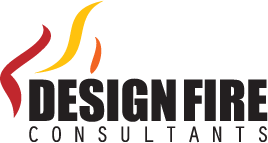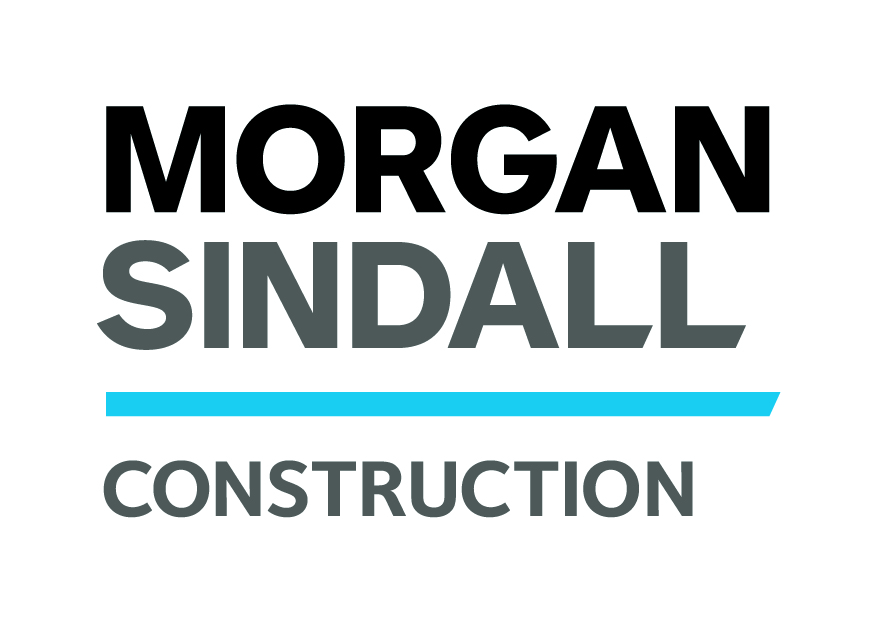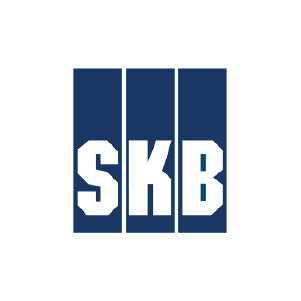
Design Fire Consultants: Bringing the Fire Safety Sector into the BIM world
Challenges
-
Ensure full process integration with the 3D world; the way construction works today.
-
Meet client expectations around digitised workflows and the capability to work in Revit, with 3D models.
-
Accelerate workflows.
-
Increase accuracy.
-
Clash detection.
Solutions
-
Adoption of Bimfire tools, enabling collaboration empowered by 3D models.
-
Eradicating 2D shortcomings and the tedium, effort and risk of manual mark-ups.
-
Automated processes and clash detection.
-
Integrated workflows.
Benefits
As one of the three organisations that took part in the initial Proof of Concept, DFC is now in the vanguard of digital process adoption in the fire safety sector*
- Accelerated workflows.
- Greater accuracy.
- Enhanced productivity.
- An expansion to DFC’s solutions/services portfolio.
Enabling the ‘golden thread’ requirement emerging across all corners of the construction sector.
*Two other Symetri client organisations undertook independent proof of concept projects for Bimfire, in working partnerships with Symetri and Briab; to expand collective insights and ensure representative trialing findings before Bimfire moved to full availability within the fire safety sector.






